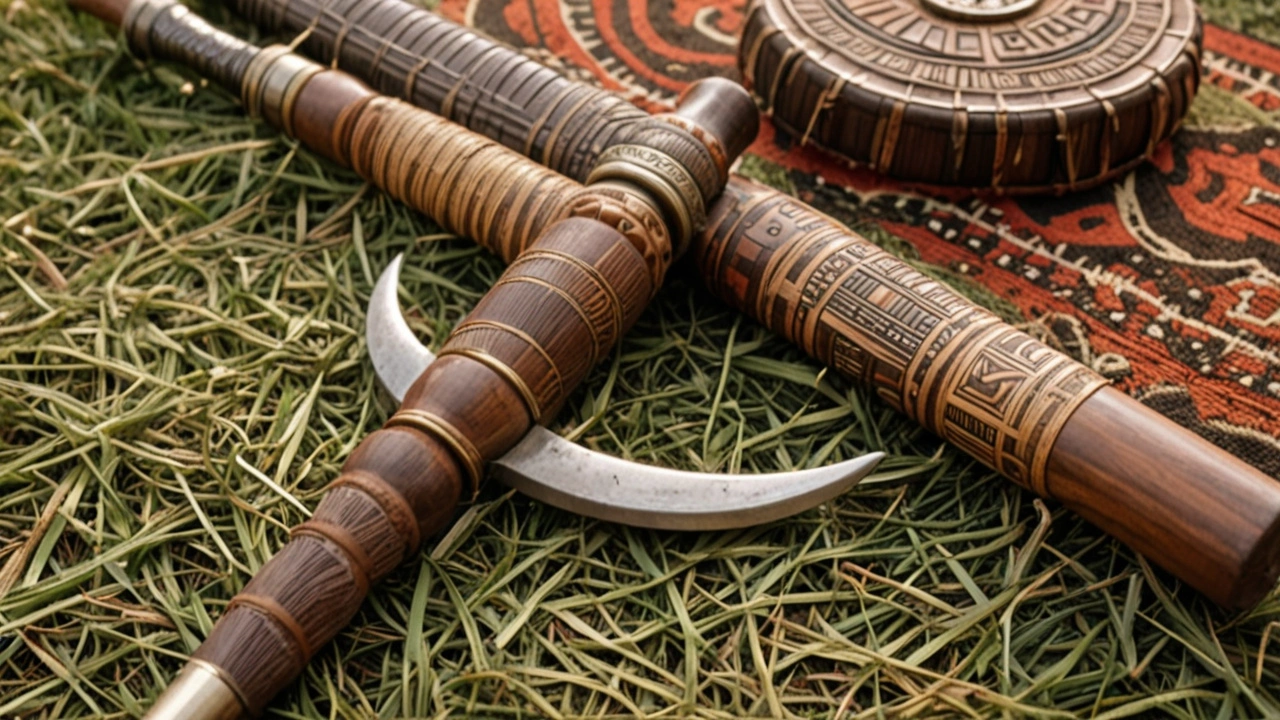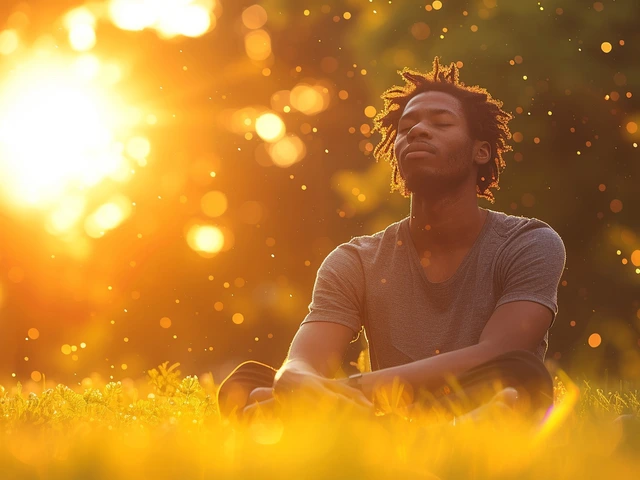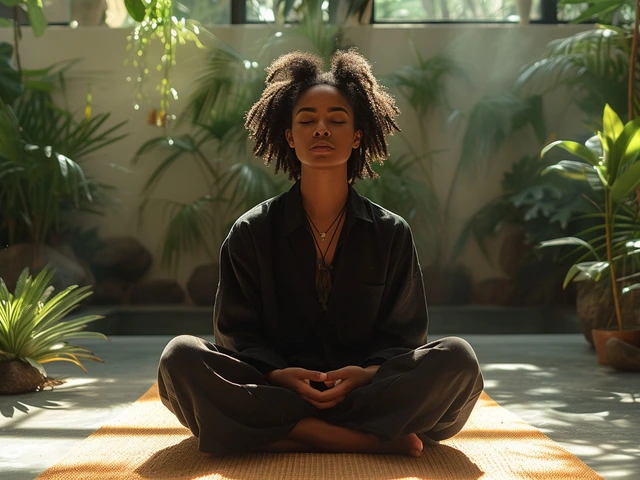Cultural heritage of massage: traditional healing arts you should know
Did you know many modern spa techniques grew from community rituals and hands-on healing passed down for generations? Traditional therapies like hilot, Lomi Lomi, hammam, and Laos massage carry cultural meaning as well as practical benefits. This page helps you spot authentic traditions, try them safely, and respect their roots.
First, what makes a therapy part of cultural heritage? It’s more than a technique. It’s the stories, the rules, the tools, and the context. Hilot blends massage with herbal remedies and spiritual checks in the Philippines. Lomi Lomi from Hawaii uses flowing strokes tied to breath and rhythm. A hammam visit is a social steam and scrub ritual from North Africa and the Middle East. Knowing this background changes how you experience the treatment.
What to expect from different traditions
Every tradition feels different. Hilot might include oil and focused joint work, aiming to balance the body. Lomi Lomi uses long, rhythmic strokes and can feel like a full-body dance. Hammam focuses on steam, scrubbing, and cleansing the skin more than deep muscle work. Acupressure and reflex methods like Amma or trigger point massage are more focused and clinical. Ask the practitioner what the session will include—duration, pressure, clothing, and any rituals—so you’re not surprised.
If you’re traveling, expect variations. A Laos massage in a clinic will differ from one in a village. Some places combine methods—stone therapy added to a Lomi session, or Feldenkrais-style movement woven into a Western bodywork session. That’s okay as long as the practitioner is honest about the mix and trained in what they sell.
How to try these therapies responsibly
Start by asking about training and lineage. Respectful practitioners will explain where their methods come from and how they learned them. Tip: look for local recommendations or reviews that mention authenticity. If a place turns a sacred ritual into a flashy tourist act, think twice. That doesn’t mean every tourist-friendly spa is bad, but it’s a cue to check how the practice is presented.
Be clear about health limits. Traditional methods can be gentle or intense—tell the therapist about injuries, surgeries, or pregnancy. Ask how they adapt the treatment. If something feels wrong, speak up. A respectful therapist will change approach immediately.
Finally, treat these therapies as cultural exchange, not a trend. Tip the way you would locally, follow etiquette like modesty rules or removing shoes, and don’t copy sacred elements as costume. When you honor the source, you get a richer, safer experience—and help keep these healing arts alive for the next generation.
Want a quick checklist before booking? 1) Ask about tradition and training. 2) Confirm session details and any rituals. 3) Share health info. 4) Watch for respectful presentation. 5) Tip and follow local customs. Simple steps make ancient practices both meaningful and safe.

The Rungu: Discovering Africa's Traditional Warrior Weapon
Explore the fascinating world of the Rungu, a traditional African weapon with deep cultural significance. Learn about its history, craftsmanship, and importance in warrior societies. This article delves into the Rungu’s unique design and how it has remained relevant through centuries. Discover why this iconic weapon is an essential part of African heritage.
Categories
- Health and Wellness (148)
- Alternative Therapies (86)
- Massage Therapy (40)
- Travel and Culture (15)
- Beauty and Skincare (9)
- Holistic Health (8)
- Health and Fitness (5)
- Spirituality (5)
- Other (2)
- Personal Development (2)
Popular Articles



